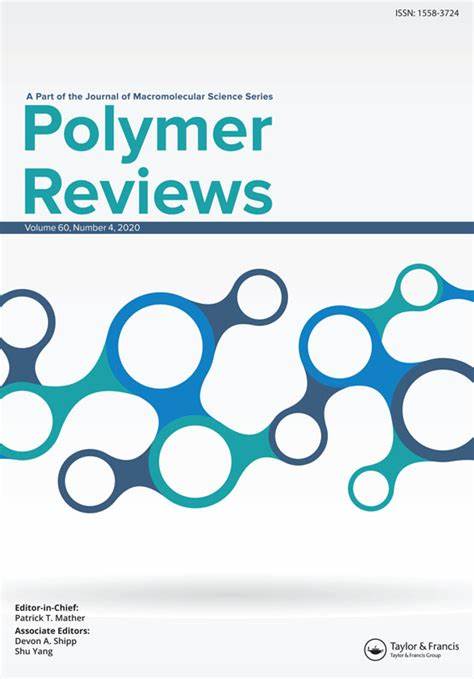Poly(l-Lactic Acid)/Poly(Butylene Succinate) Biobased Biodegradable Blends
IF 11.1
2区 化学
Q1 POLYMER SCIENCE
引用次数: 20
Abstract
Abstract Poly(l-lactic acid) (PLLA) and poly(butylene succinate) (PBS) are biodegradable, compostable, and biocompatible polymers that can be produced from annually renewable resources. These properties made them popular in environmentally friendly applications, and their industrial usage and production have grown in the latest years. However, both polymers have a few drawbacks that have limited so far their use: PLLA is hard and brittle with a slow crystallization rate, whereas PBS is ductile, has fast crystallization kinetics, but low modulus. The complementarity of their properties makes their blending a unique opportunity to exploit the favorable properties of the two polymers, which raised considerable research efforts in recent years on blends made of PLLA and PBS. Unfortunately, literature data on PLLA/PBS blends often report contradictory results on miscibility of the two polymers, as well as on the influence of composition on material properties: this creates confusion, complicating their exploitation. As an effort to elucidate miscibility and properties of the blends as function of composition, a critical analysis of the available research results on blends made of PLLA and PBS is provided in this review. The aim is to highlight the potentiality of PLLA/PBS blends, whose properties can be tailored by fine-tuning the composition.聚乳酸/聚丁二酸丁二烯生物基可生物降解混合物
聚l-乳酸(PLLA)和聚丁二酸丁二酯(PBS)是可生物降解、可堆肥和生物相容性的聚合物,可以从每年的可再生资源中生产。这些特性使它们在环保应用中很受欢迎,近年来它们的工业用途和生产也有所增长。然而,到目前为止,这两种聚合物都有一些缺点,限制了它们的使用:PLLA又硬又脆,结晶速度慢,而PBS具有延展性,结晶动力学快,但模量低。它们性质的互补性使它们的共混成为利用两种聚合物的有利性质的独特机会,近年来对PLLA和PBS的共混物进行了大量的研究。不幸的是,关于PLLA/PBS共混物的文献数据经常报告两种聚合物的混相性以及组成对材料性能的影响的矛盾结果:这造成了混乱,使其开发复杂化。为了阐明共混物的混相和性能随组分的变化,本文对现有的PLLA和PBS共混物的研究结果进行了批判性的分析。目的是突出PLLA/PBS共混物的潜力,其性能可以通过微调组成来定制。
本文章由计算机程序翻译,如有差异,请以英文原文为准。
求助全文
约1分钟内获得全文
求助全文
来源期刊

Polymer Reviews
工程技术-高分子科学
CiteScore
24.80
自引率
0.80%
发文量
21
审稿时长
6 months
期刊介绍:
Polymer Reviews is a reputable publication that focuses on timely issues within the field of macromolecular science and engineering. The journal features high-quality reviews that have been specifically curated by experts in the field. Topics of particular importance include biomedical applications, organic electronics and photonics, nanostructures, micro- and nano-fabrication, biological molecules (such as DNA, proteins, and carbohydrates), polymers for renewable energy and environmental applications, and interdisciplinary intersections involving polymers.
The articles in Polymer Reviews fall into two main categories. Some articles offer comprehensive and expansive overviews of a particular subject, while others zero in on the author's own research and situate it within the broader scientific landscape. In both types of articles, the aim is to provide readers with valuable insights and advancements in the field of macromolecular science and engineering.
 求助内容:
求助内容: 应助结果提醒方式:
应助结果提醒方式:


